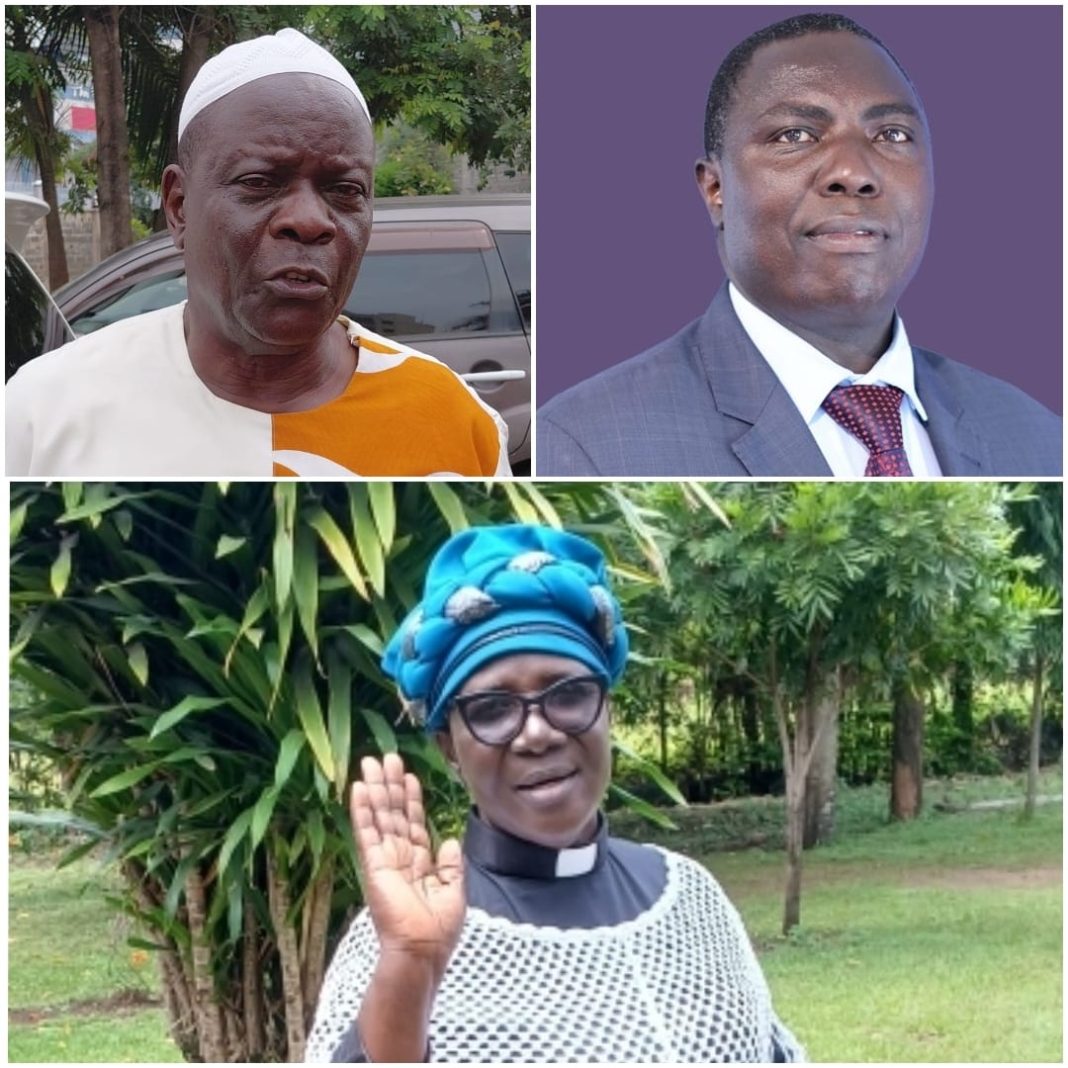By James Okoth
Under the warm November sun, the red earth of Bondo trembled with a rare rhythm of the low thunder of hooves, bells clinking, dust swirling. From the distance, a herd of 100 cattle emerged, driven slowly towards Opoda Farm, the rural home of the late Raila Amolo Odinga.
At the head of the procession strode Kalonzo Musyoka, the Wiper Party leader, dressed in a forest-green robe and clutching a traditional spear and shield. Behind him, elders and supporters from Ukambani followed in song and chant. As they entered the Odinga homestead, a roar rose from the crowd.
“Jowi! Jowi!”
It was not just a political gesture. It was a cultural coup…a profound act of honour rooted in centuries-old tradition, reaffirming the enduring bonds between the Luo and Kamba nations.
A Herd for a Hero
The 100-head herd was Kalonzo’s way of mourning a comrade and friend, a man with whom he had shared both battlefields and ballots. In Luo culture, mourning with cattle is a ritual known as Tero Buru and is reserved for great men, warriors and elders of high esteem.
By bringing cattle to the homestead of the deceased, mourners symbolically drive away death and restore life’s balance to the family and the community. Bulls, in particular, signify strength, courage and leadership traits as embodied by the late Odinga.
“This is not politics,” one elder whispered as the animals were corralled at the edge of the homestead. “This is a man honouring another with the highest gift our culture knows.”
Ida’s Words: ‘We Have Food to Feed Everyone’
When the dust settled and the chanting faded, Mama Ida Odinga stood to speak. Her voice carried both warmth and relief.
“Kalonzo has done something that has not been done by anyone,” she told the crowd, smiling amid thunderous applause. “He brought 100 cows and food that can last mourners even beyond Christmas.”
For the Odinga household, the donation meant more than just sustenance. It was symbolic nourishment inter-twined in cultural, spiritual and emotional relevance.
Where Were the Cows From?
While Kalonzo’s team did not publicly disclose where the cattle were bought, several sources close to the Wiper delegation suggested the animals were sourced from Machakos and Makueni ranches, regions famous for hardy and healthy stock.
A convoy of trucks reportedly transported the herd to Siaya County, where Kalonzo and his team disembarked and walked the final stretch, roughly 5 kilometers, alongside the animals into Opoda Farm.
That walk, symbolic and deliberate, mirrored the ancient rite of accompaniment, in which the giver walks with the herd to ensure it “reaches the spirit of the departed”
The Language of Cattle
Among the Luo, Tero Buru is both spectacle and soul. It marks the final journey of the deceased from the world of the living to the realm of ancestors.
The sound of hooves and chants, the waving of spears, the and the dust are all meant to disperse the spirit of death, replacing sorrow with strength.
In the wider East African context, cattle remain the ultimate token of honour, used in marriage, reconciliation and, as witnessed in Bondo, mourning. In gifting cattle, one not only pays respect but also binds families, clans and even communities.
By leading the herd himself, Kalonzo merged tradition with diplomacy, a symbolic bridge between the Kamba and Luo, echoing the political brotherhood he shared with the late Odinga.
How Much Could Each Cow Cost?
Though no official figures were released, agricultural experts estimate that a healthy, well-bred bull or heifer of the kind presented in Bondo costs between KSh 80,000 and KSh 150,000.
If we assume a modest average of KSh 100,000 per cow, Kalonzo’s tribute could easily be valued at KSh 10 million, excluding transport and logistics.
As one observer put it, “That was not just a gift. It was a full statement of respect, unity and tradition.”
A Cultural and Political Message
In a time when Kenyan politics often divides communities, Kalonzo’s act cut across tribe and rhetoric. It was a reminder that leadership, too, can be expressed through cultural language and through gestures of humility and humanity.
The sight of 100 cattle filling the Odinga fields became more than a photo moment. It was a living metaphor for legacy, for friendship and for Kenya’s layered identity in modern, yet anchored in ancestral truth.
“Kalonzo didn’t just mourn Raila,” said a local elder. “He spoke the language of culture and every Luo understood.”
At Dusk, A Quiet Tribute
As evening fell over Opoda Farm, the lowing of cattle blended with the sound of drums and prayer. The herd settled and so did the air – peaceful, heavy with memory.
From Nairobi’s corridors of power to the smallest village hut, Kenyans saw something rare that day: a nation’s grief expressed in its oldest – the language of the cow.
A herd for a hero. A gift for a friend. A cultural coup for the ages.




